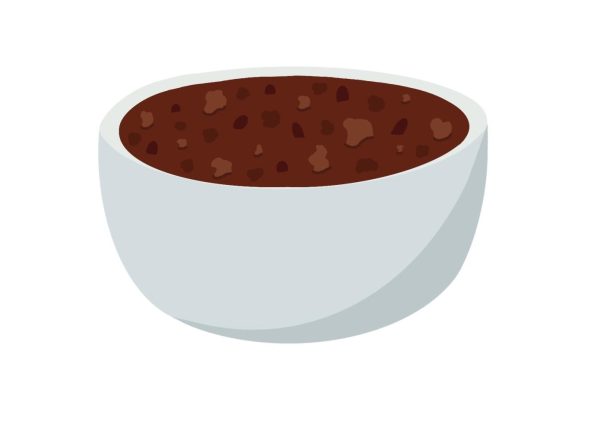Holiday Traditions in Cultures Around the World
Have You Heard of These Traditions?
December 16, 2022
Austria
A creepy tradition is common in Austria. During the first week of December, people all over the country dress up as a demonic “Santa Claus” with horns and spooky masks. This tradition is used to keep children from misbehaving during the holiday season with something much darker than the naughty list.
Ukraine
In Ukrainian culture, spiders and their webs are said to bring luck and fortune to those who have them. This is based on an old folktale that a spider was grateful for the warmth in a poor family’s home and decorated their Christmas tree with beautiful and intricate cobwebs. Due to this, many Ukrainians decorate their trees with cobwebs to provide them with luck based on this folktale.
Germany
It is difficult to determine from where exactly this tradition originated. There are origin stories ranging from the U.S. to Spain. People in Germany have a tradition of hiding a pickle ornament on their Christmas trees. The first person to find this ornament gets an extra present on Christmas morning. It is also said that the person who finds this tasty ornament gets good luck for the entire year.
Venezuela
While many people traditionally go to Mass on Christmas morning, most people drive or walk. However, if you’re in Caracas, Venezuela, chances are you’ll make your way to Mass on roller skates. The diverse amount of people in Venezuela and the countries surrounding it have led to this tradition. Also, it is assumed to be an alternative to sledding, which is pretty much impossible in the hot Venezuelan climate.
The Netherlands
In The Netherlands, ‘Sinterklaas’ is the name for their classic Saint Nicholas. A tradition loved by Dutch children is leaving their shoes by the fireplace with carrots in them for Sinterklaas’s horse, Amerigo. They do this everyday leading up to Christmas in hopes that Sinterklaas will leave them small treats to replace the carrots.
Italy
A different version of the classic Santa Claus, “Befana” is a witch in Italy who presents good children with gifts. However, unlike most Santa Clauses, Belfana visits children on January 5, and instead of leaving cookies and milk for Santa, Belfana leaves famous Italian snacks to elicit the stuffing of stockings.
Iceland
If you haven’t updated your winter wardrobe yet, stay away from Iceland. In this country, there is an old folk tale that says that a giant “Yule Cat” roams around the Icelandic countryside. The giant cat is said to kill and devour anyone who has not received any new clothing before Christmas. The cat originally was a tale told to farmers as an incentive to work hard to receive new clothing.
Norway
Originating from a pagan belief, Norwegians have a Christmas tradition to hide all of the brooms in their house on Christmas Eve. This is because they believe that evil spirits such as witches come out on Christmas Eve. In order to prevent witches from having a broomstick as an easy mode of transportation, the brooms are hidden to ward off evil.
New Zealand
Forget the classic evergreens and plastic Christmas trees. In New Zealand, the pohutukawa is a classic symbol of the Christmas season. It has bright red flowers on its branches which have been used to decorate churches and homes during Christmas. It is a classic symbol of the Christmas season recognized by all New Zealanders.
Philippines
In San Fernando, Philippines, there is an annual lantern festival held where various Filipinos create large and intricate lanterns with a variety of colors and patterns. This is called the “Giant Lantern Festival.” The tradition began when the Filipino people decided to honor Manuel L. Quezon, their president who opened the Mount Arayat National Park, leading to economic prosperity from tourism.




